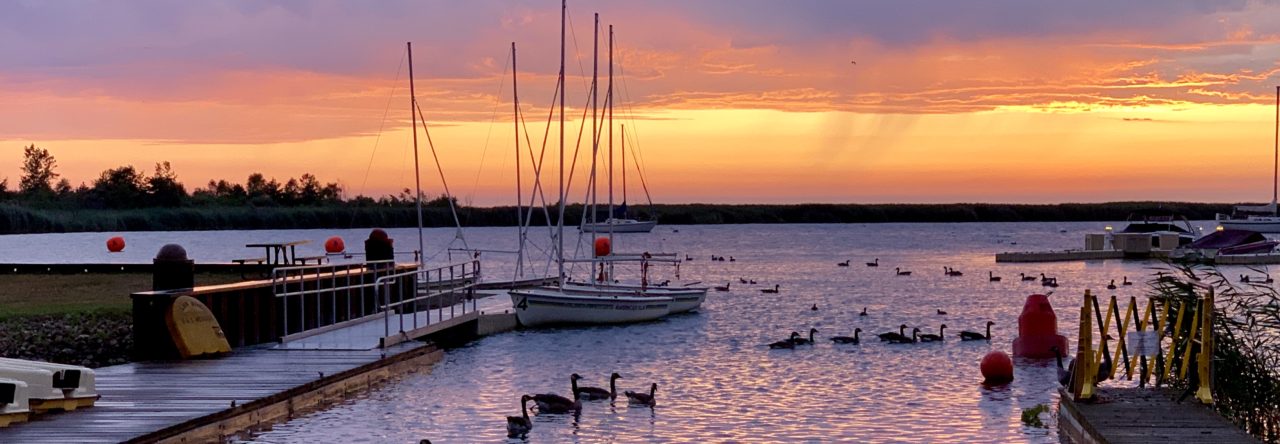“Do not go where the path may lead; go instead where there is no path and leave a trail.” – Ralph Waldo Emerson
I received a very nice compliment today. I took Dina to a temple she had yet to visit and to one she had never even heard about after living here for almost two years. She applauded my efforts for setting out and blazing a trail. She gave me the Emerson quote and I have never felt more honored. However, I can’t take too much credit. Because…
Google Maps is pretty amazing. I have become a very confident explorer now that I have learned many of “hidden” (obvious) features. Like the blue arrow that points in the direction you are headed, or the way you can drop a pin on a location and find directions, hours and reviews. This is how I found the Taya Cavern. Seriously. I was just goofing around with Google Maps looking for stuff to do and I found the Taya Cavern which is part of the Josenji-Temple. The pilgrimage to Taya Caverns/Josenji-Temple required a train ride to Ofuna and then a 30-minute urban hike. It was another beautiful day with clear blue skies. Dina still needed to visit The White Lady of Ofuna and it was pretty much on the way. We decided to do both… after lunch!
Lunch! A salad pizza. I might add this to my favorite “pizza” in Japan. I have learned to set expectations low with respect to familiar foods because they just don’t taste the same. This pizza was different and delicious!

A few pictures of one of my favorite temples. You can read more about The White Lady of Ofuna here.


While we were walking around, we discussed how spectacular these Cherry Blossoms will be in a couple months.

After visiting the White Lady, we were off for a 30-minute urban hike to Josenji-Temple. It was tucked away off the side of the road. However, Google Maps led me straight to the entrance without fail!

A pleasant surprise, Ume Blossoms (plum blossoms) were just beginning to bloom.



At the temple, there was a shrine dedicated hundreds of Jizo statues. I needed to research the Jizo a little more. While visiting the shrine, we were left with the impression it was dedicated to children who had passed away. My research informed me the Jizo is a bodhisattva revered among Japanese Buddhists, and the protector of travelers, expectant mothers, and children. This explains the additions to many of the statues within the shrine.







Next, we walked across a small path to the entrance of the caverns. According to the information provided by the Temple, the caverns date back to 1192 and took 500 years to reach the capacity they are today. The caverns were originally 1000m in length however, only 300m are available to visitors. The caverns were hand carved by Buddhist monks seeking enlightenment. “To attain enlightenment, disciples entered the cave. They performed 21-day fasts, sitting in religious meditation, and digging the caves by hand.”


Understanding the caverns were hand carved, we can look past how height challenged Dina and I felt throughout our walk.

Upon entering, we lit our candle and used it to guide us through our passage. No worries, there are also several LED lights along the way!

We were also provided a holder for our candle. It was an amazing experience to walk throughout the tunnels with our candle. I will be honest. We relied on each other several time to relight because candles do not like to move quickly!

One of the MANY carvings. A fish, no a bird, no a dragon!

This is a picture of the ceiling at one of the 17 circle areas designed for worship.

One of many alters throughout the caverns.

Fortunately, the only bat we saw in the cave!

And of course, a Cock!

Several Buddhist sitting upon a lotus flower

At one point while we were walking through the caverns, it became really warm and moist. It was definitely not what one would expect when walking through caves in the winter. I attempted to take a picture of the walls. They were covered in moisture. I told Dina I felt as though I was walking through someone’s mouth it was that humid and damp. It was a little gross.

More carvings…

A couple more pictures to give to an idea of how much we had to duck! And our cool candle holders!


Perhaps my favorite picture. A Buddha carving appearing to hold my candle.

More carvings and a shrine.


At one point, we heard what seemed like a massive amount of flowing water. It was the small drainage pipe hidden behind the faux pine bough. According to my research, splashing water from this “noiseless stream” on a part of your body that causes pain, will heal it. Too bad I didn’t read this before we went for our visit!



It was a very special day. I was excited to take my Japan-savvy friend somewhere she had yet to go and together experience something off the beaten path.



















































































































































































































